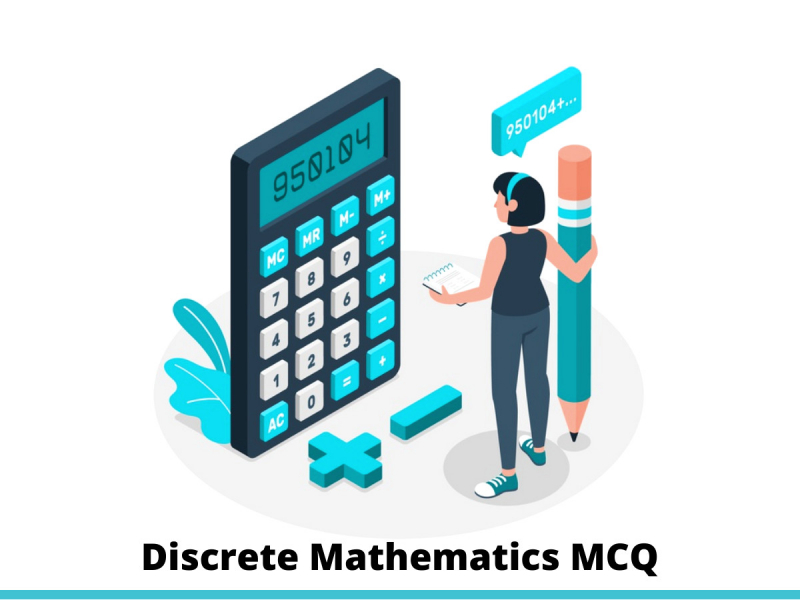Take Discrete mathematics Quiz To test your Knowledge
Below is the few Discrete mathematics MCQ test that checks your basic knowledge of Discrete mathematics. This Discrete mathematics Test contains around 20 questions of multiple choice with 4 options. You have to select the right answer to a question.

